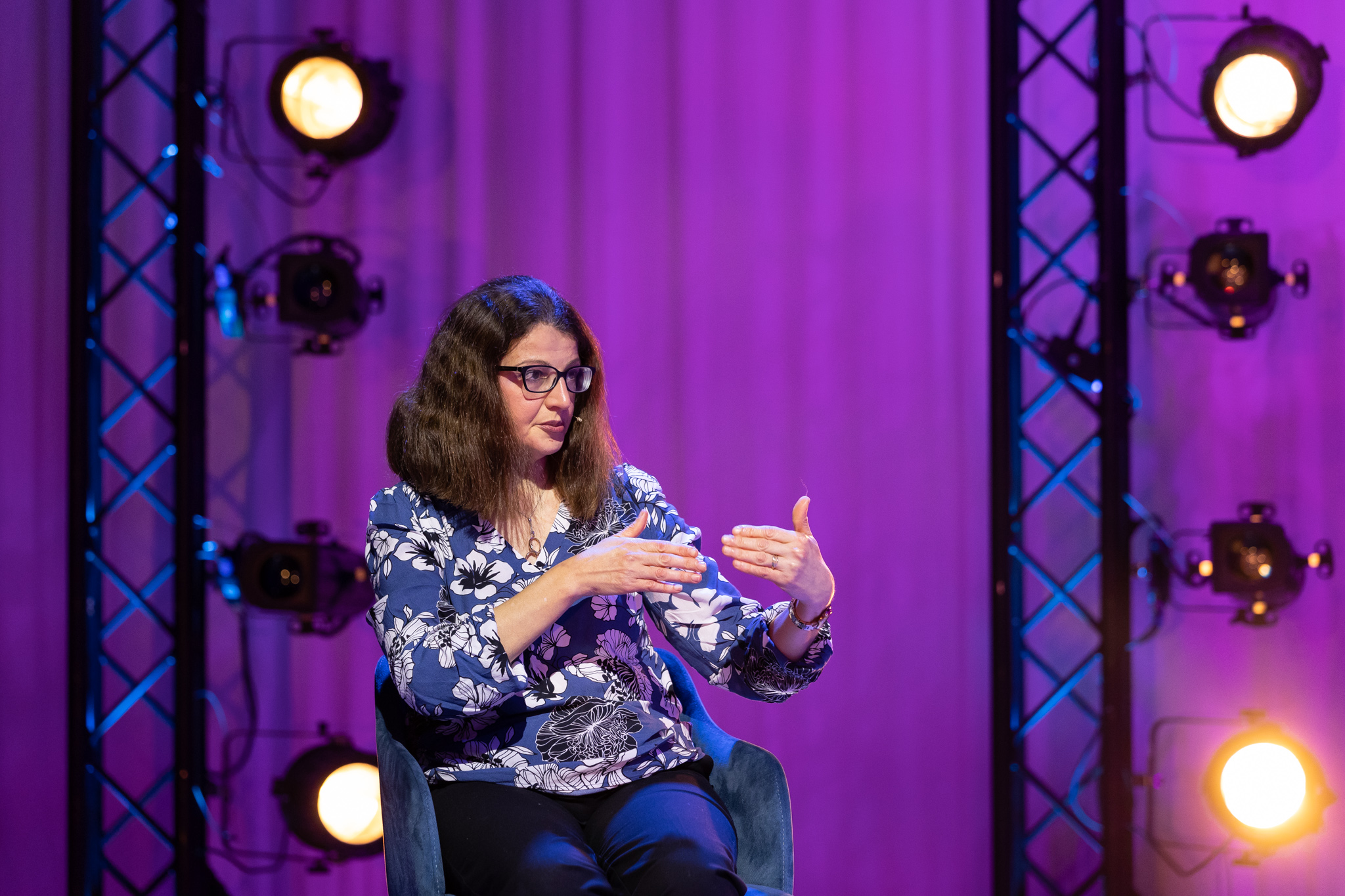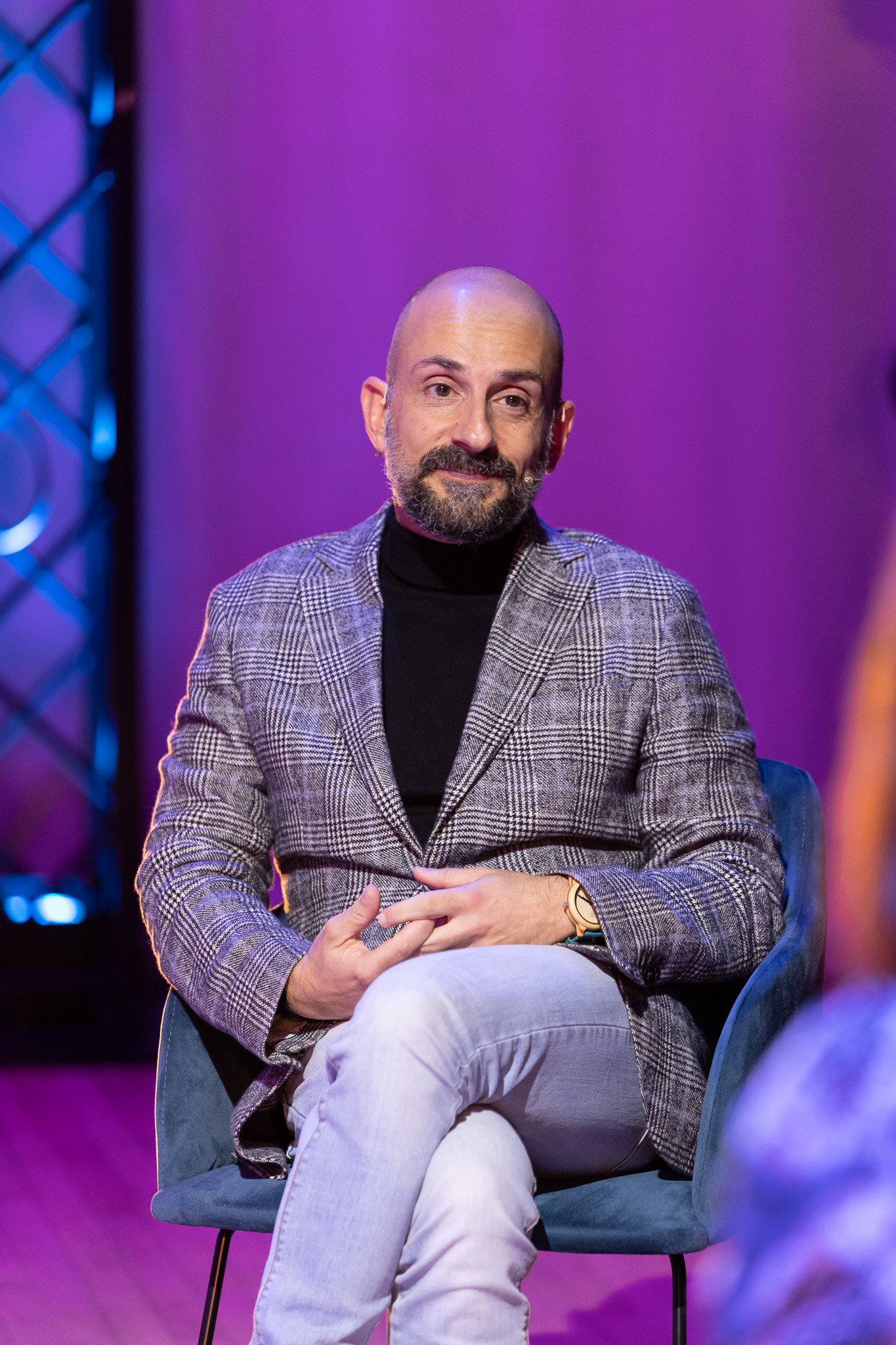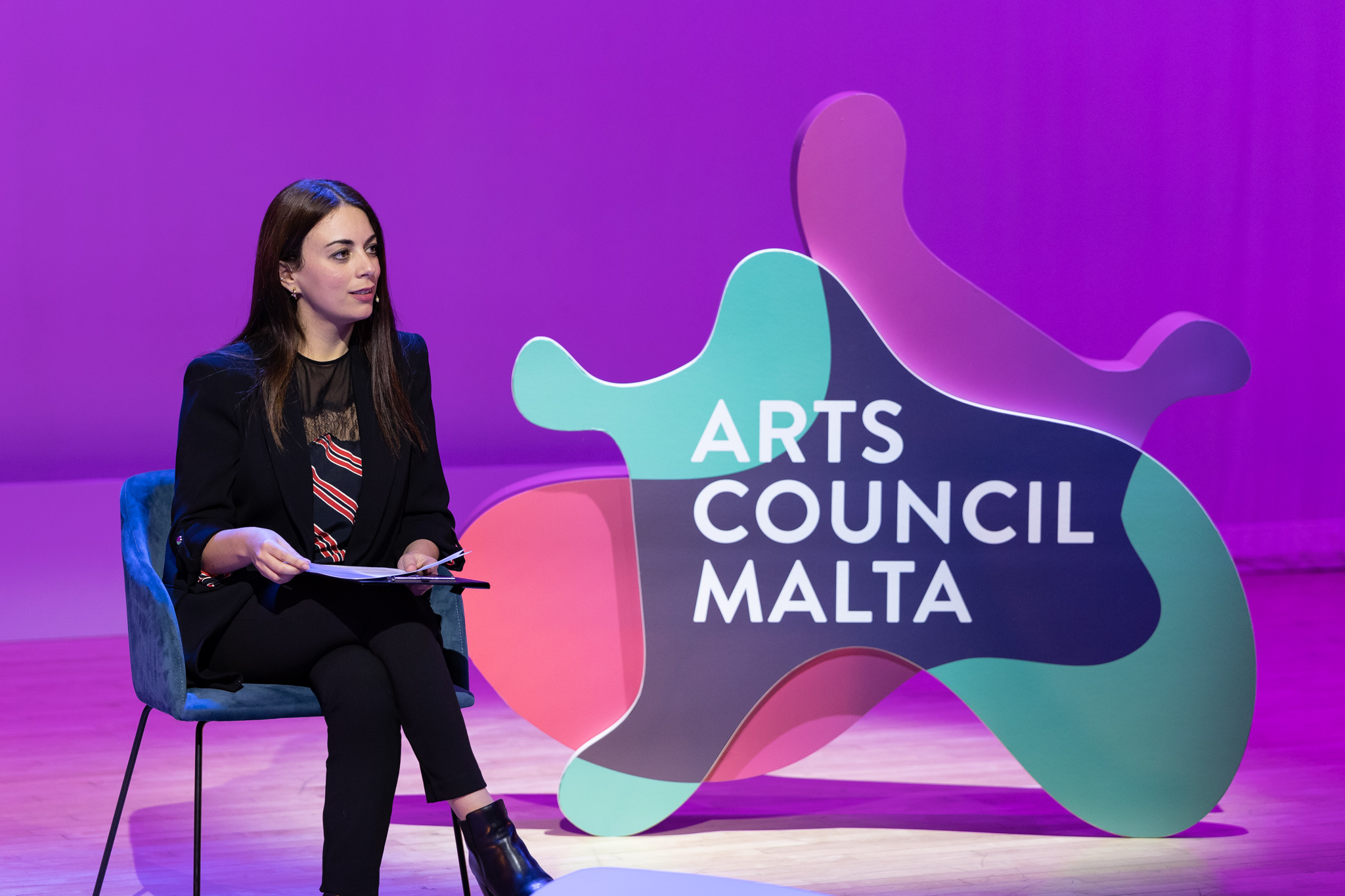The second episode of ACMHangouts tackles the issue of inclusion, diversion and accessibility of the arts across audiences and artists with different abilities.
ACMHangouts returns with the second episode for the season to discuss the realities and challenges of disabilities in the arts. Co-ordinator and host Elaine Falzon addresses several aspects - including representation, inclusion and accessibility of the arts to audiences and artists with disabilities - together with this episode’s two main guests, senior lecturer Anne-Marie Callus and Culture Venture founder Toni Attard.

The discussion starts off with the question of whether the arts are riddled with stereotypes when it comes to disabilities. Callus uses the film RainMan, which focuses on the relationship between a man and his autistic brother, as springboard, noting that in many cases the stereotype that is represented for autism is the one where autistic people have problems with social engagement but have a phenomenal memory. She notes that this is only true for about 10% of cases, which means that audiences who have not interacted with autism will not gain a realistic impression. Does this happen because it makes for more engaging story-telling?
This is an issue that disabilities across the board face. Attard points out that the first challenge is that disabled people need to be represented by disbled characters in the arts. But there is also another aspect - can mainstream characters be represented by disabled artists? Can Otello, for example, be played by a disabled actor? Can any repertoire work be carried out by a disabled artist? The first thing people think when they see a disabled person on stage is that they’re playing a disabled person. This narrative needs to be shifted. What if they're just playing a character, irrespective of whether they’re disabled or not?

Attard adds that this doesn’t mean that we shouldn’t be creating work that talks about the issues and challenges of disability through the arts - but the two different aspects need to be tackled.
Callus expands the issue to the world of film, discussing how disabled people should be represented as flesh and blood people, fully-rounded characters, rather than using their role to pass on a message. She contrasts films like Million Dollar Baby with Breathe, which both related to paralysis. However, the first one is based on the perception of non-disabled people of disability as a tragedy. The second shows the real life experience of a disabled person and his family. Presenting a stereotype denies people their humanity, she states.
Falzon and her guests discuss reasons that may have led to such approaches being taken, with the possibility that the script writers themselves are not disabled or have never related to a person with a disability being mentioned.

The discussion then moves on to how we need to reflect on the way we treat diversity in general. Attard asks whether the arts sector is just ticking a box or whether the approach is actually meaningful and engaging to different audiences and participants.He also notes how we tend to view artistic events created by any minority as a fringe event, even in terms of artistic programming. A change of mindset is required, as the artistic process needs to be approached as a co-creative journey.
Callus concurs, stating that this does not only apply to theatre, but across all art forms. Would dance be more challenging to someone with a physical disability, or is it just a matter of a different aesthetic? Moreover, should the disabled narrative be interpreted by a non-disabled person? There may be a situation where there isn’t a choice, but there are many where the choice exists.
This episode also includes interventions by Angela Bettoni and Justin Spiteri, two artists with disabilities who speak about their experience of the arts and the importance of mixed ability performances. Their words are echoed by Ilona Baldacchino from Opening Doors, an NGO who offers a specase of people with disabilities to practice the arts. She notes how the NGO believes in inclusion, rather than segregation of performers, in order to foster a diverse environment of performers with different abilities.
The discussion moves on to the infrastructural barriers presented within historical buildings. The challenge is to provide theatre venues and spaces with full access, where the seats for audiences with disability are not an after-thought. Performers with disabilities also need access to stages, dressing room, toilets and so forth, which currently presents a problem in many venues.
Falzon brings this episode to a conclusion with a discussion about what the future looks like, with the guests touching upon the need of including both intellectual and physical disabilities, as well as disabled artists being engaged professionally, rather than a side project.
Watch the session below.
Submitting ...
Saving ...
Any applications related to this entity, will also be automatically deleted.